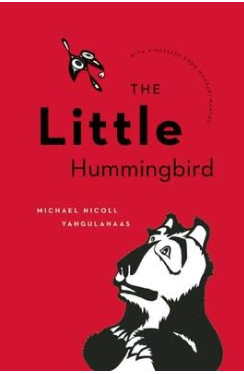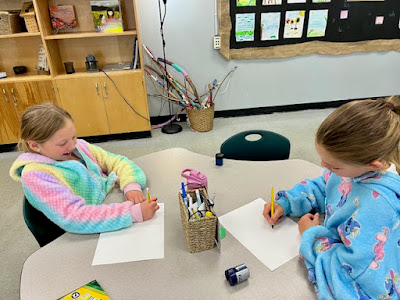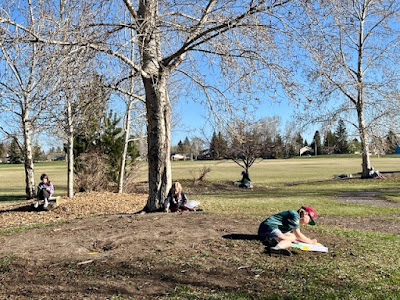
This week in grade 3, students have been working on what it means to be a persuasive writer. We started by reviewing what makes a good paragraph and how to be a good revisor and editor.
We began by watching a short video that identified what is persuasive writing and when it is used. Once we had an idea of what persuasive writing was, together as a class we wrote a persuasive paragraph on why we thought ice cream is the best dessert. (Mrs. Braun got to choose the dessert.)
On Thursday students were asked to write another persuasive paragraph this time about what animal they felt would make the best pet. They were reminded that their paragraphs should start with a sentence that clearly states their opinion, that contains at least three supporting sentences that provide evidence to back up their belief, and a final sentence that reiterates their stance.


On Friday we were also really excited to finish our read aloud “There’s an Owl in the Shower.” Mrs. Braun found a news video which showed the controversy between the loggers and the environmentalist that were trying to save the spotted owls which inspired the author Jean Craighead George to write the book.
Next week, students will be tasked to write a longer persuasive piece that connects with “There’s an Owl in the Shower.”
English Language Arts & Literature Learning Outcome:
Students investigate writing and research processes that support informed written expression.
Student Success Criteria:
- I can create written text for a variety of audiences and purposes.
- I can use organizational processes, methods, or tools to support the creation of written texts.
- I can include a range of sentence beginning and types to vary and add interest to writing.
- I can create drafts of writing that maintain audience interest by focusing the number of ideas in sentences and limiting repetition.
- I can revise my written texts for accuracy, clarity, or appeal by adding, removing, or changing words or sentences.
- I can edit my writing for spelling, punctuation, and grammar.
- I can read my written text aloud to check for writing fluency.






.jpg)


.jpg)
.jpg)
.jpg)
.jpg)
.jpg)
.jpg)
.jpg)
.jpg)
.jpg)
.jpg)
.jpg)
.jpg)
.jpg)
.jpg)
.jpg)
.jpg)
.jpg)




























